Svalbard? Where? It's the question that pops up most when mentioning the name of the archipelago that dangles off Europe's northernmost fringes. On paper, it is the group of islands sitting between 74 and 81 degrees North. In the history books, it is the place discovered by Dutch navigator William Barents in 1596. In spirit, it is the Arctic proper, the last stop between the civilised world and the North Pole, a mere 1,000km of pack ice away.
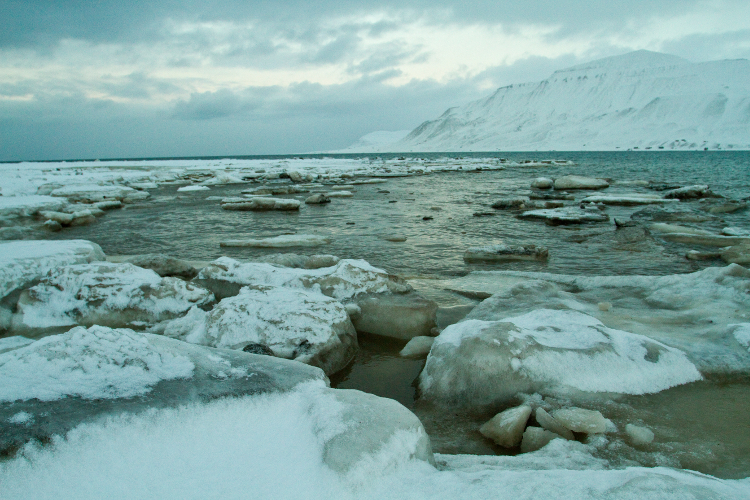
Say Spitsbergen, however, and you're more likely to get a flicker of recognition. That is the name of the main westerly island, where the majority of Svalbard's 2,642 residents live and work. Beyond the main settlement of Longyearbyen lies nothing but great white open wilderness.
Arriving is an adventure in itself. I've been warned that Spitsbergen was only yesterday hammered by the worst storm for decades – a white-out of epic proportions, where locals couldn't see a foot in front of them. So though the plane is being pinged around like a child's paper model in the turbulence, I feel lucky to be flying at all. Stomach flipping, I snatch my first exhilarating glimpse of Spitsbergen – muscular mountains rise rugged and treeless, thrusting above valleys that peter out to dark fjords under a bruised, snow-laden sky. There is a collective sigh of relief as we skitter down the runway.
First impressions of Longyearbyen, the world's northernmost settlement, is that it is a one-off. With its rich coal mining heritage and wild backyard, this is a proper town in the middle of nowhere, albeit one where the streets have no name. There is a school, university centre, church and kindergarten, cafes, hotels and a handful of restaurants, including the highly regarded Huset (huset.com/en) and Funktionærmessen Restaurant (spitsbergentravel.com/Start/Food/Funktionarmessen-Restaurant).
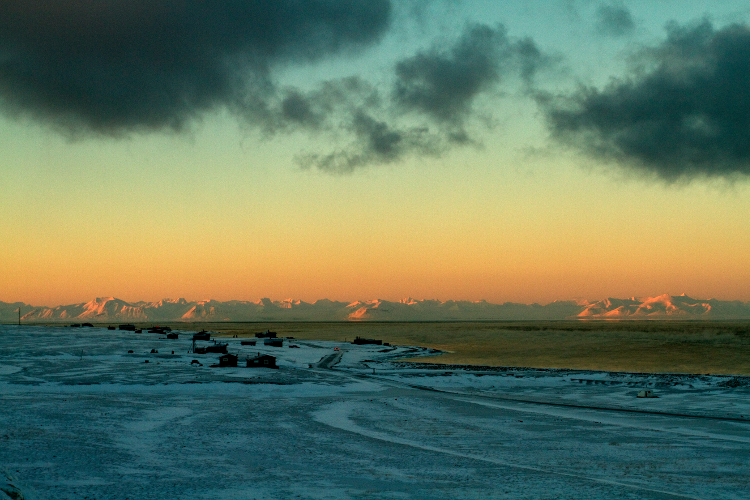
But the illusion of cosy civilisation doesn't last long. Pick up a local map and you are confronted immediately with the 'polar bear safe zone', which is confined to the limits of the town. Step outside of this zone without a gun – and knowing how to use it – and you run the small but real risk of becoming dinner. Nature is in charge here and the locals never forget it.
Indeed, every local I meet has an 'it was this big' tale to tell about the world's largest land predators. Polar bears may look cuddly from a distance, but they are massive, weighing up to a whopping 850kg (the Svalbard record) and attacking without warning.
I hear stories of how houses are left unlocked, just in case one turns up and people need to take shelter, of fresh prints in virgin snow outside guesthouses, and of the bewildered bear that once rocked up in front of the village church. Even mums taking tots out in pushchairs for a stroll in the Adventdalen valley do so with a gun strapped to their back.
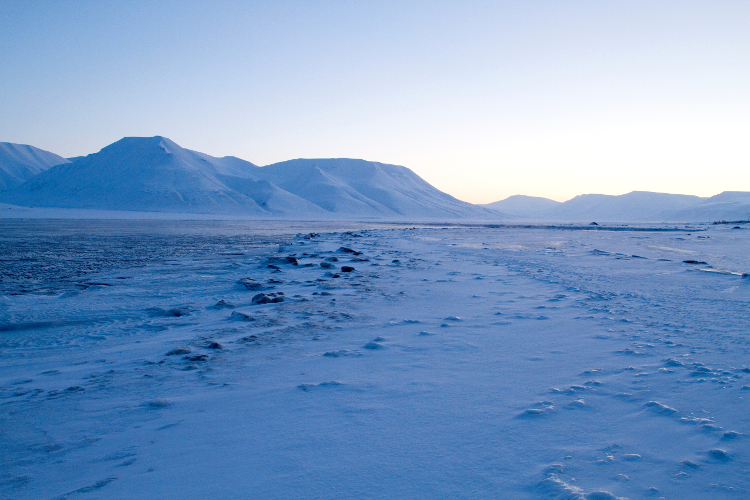
"I've seen so many polar bears I've lost count," says Anika Paust of outdoor adventure company Spitsbergen Travel (spitsbergentravel.com). "The east coast is best for spotting them and that's where I saw my first. I thought it was a lump of ice."
Australian by birth, Anika has lived in Longyearbyen for the past seven years. But why? "I came here for a holiday and fell in love with the place, as so many do – the dramatic contrasts of the polar night and midnight sun and how nature here is constantly evolving.
The paths are ice rink slippery as I make my way down to Adventfjorden, gazing over chinking ice and frigid blue water to the bare mountains, spectacularly buckled and contorted, swooping up to an already dusky pink sky. It is 2pm.
"Don't overtake, keep a reasonable distance and stick to the snowmobile track to minimise impact on the environment," says guide Magne Hestem. "We'll be doing around 50km and covering 60km." What sounds like a modest speed feels significantly faster as we pelt across the ice and penetrate the Adventdalen.
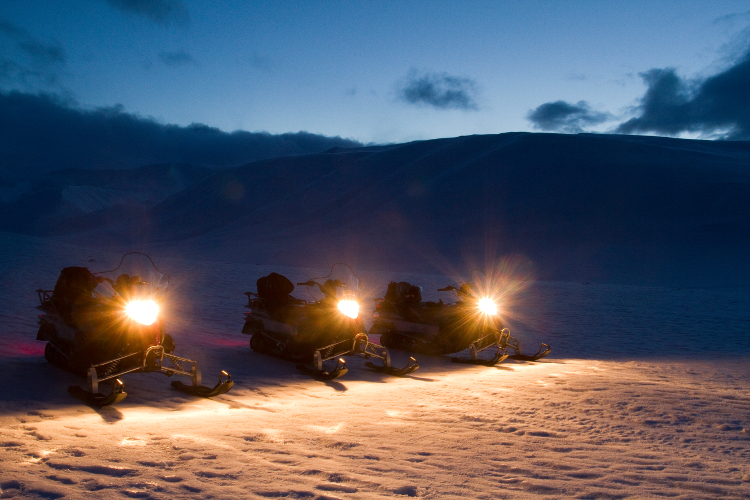
In the bluish twilight, I spot wild Svalbard reindeer, grazing in small herds on the tundra. "Reindeer can run up to 35km. They can outrun polar bears. Though the chance of seeing bears on this route are pretty slim," Magne tells me, as we gaze across Tempelfjorden in the ringing silence. The fjord is a springtime playground for ringed seals, which often pop out of ice holes together with their pups.
As we drive back to Longyearbyen, I see a large shadow emerge from the darkness. A polar bear? "It's probably just a wild reindeer," says Magne, dismissively, but not without trace of hesitation. Locals have a word for 'maybe' moments like this: 'reinbears'.
"We do everything we can to minimise our footprint on Svalbard's fragile environment," Kjersti Norås from Visit Svalbard (svalbard.net/en/Travel-to-Svalbard) tells me. Most of the archipelago is national park or nature reserve and subject to tight regulations. Guides know where to go and how to behave.
"Yes, we've seen the impact of global warming. There is less ice, and the bears need ice platforms to hunt, so they are looking for new denning areas. But, that said, Svalbard is one of the few places in the world where polar bear numbers are increasing again thanks to monitoring research and strict laws to protect them. The total number is now estimated at around 3500."
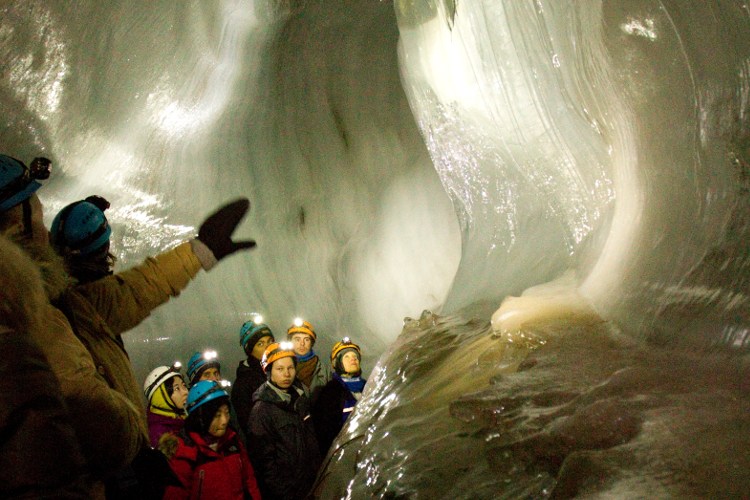
The next day I ponder on Kjersti's words about Spitsbergen being a "geologist's wet dream" as I drop into a hole at the Longyear glacier, descending ever deeper into chambers of ice polished to a marble-like smoothness and hung with curtains of icicles. Here, as elsewhere in Svalbard, plant fossils dating up to 60 million years have been found. Outside are naked mountains, bare of vegetation and revealing horizontal strata, with each layer like a page in a geology textbook – one that began some 3,200 million years ago.
As day fades, I head up to the Bolterdalen, where 163 huskies await at the Green Dog (greendog.no/UK) base camp, yelping and yapping in pre-run frenzy. With six harnessed to the sled, I'm ready to give mushing a shot. "Use the foot break to slow down and, if you need to stop, shout 'whoa' in a deep voice," says guide Roy Hendrickx. "And whatever you do, don't let go. These guys stop for nobody."
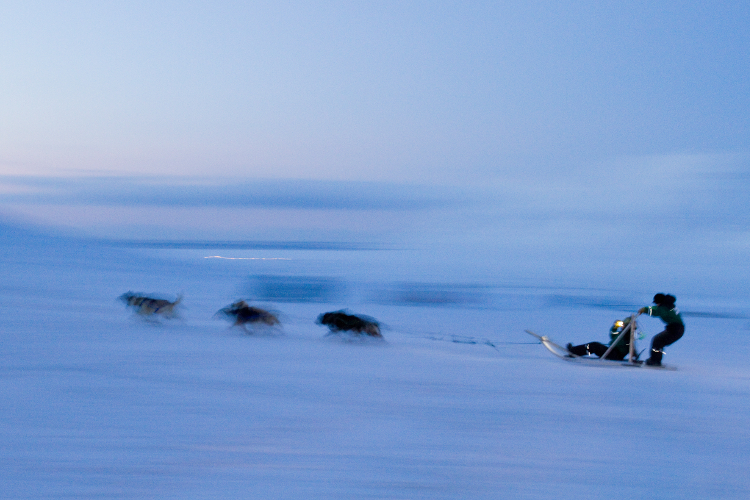
It's surprisingly easy to get the knack, placing my trust intuitively in the huskies and letting them pick up their natural speed. My feet and face are numb with the biting cold, but this detracts nothing from the feeling of wonder. We dip and rise through bowl shaped valleys, cresting ridges that glow pearlescent white as if lit from within, a moon creeping over the shoulder of a mountain to illuminate the polar night. The soft sound of the sled gliding across the snow and the muffled panting of huskies is hypnotic. After a four-hour trip, I'm frozen to the bone but want to go again.
The last day in Spitsbergen is as clear cut as crystal and bitterly cold, with an effective temperature of -28C. Ice fog is rolling off the fjord and my hair is white and woolly with crystals. The Northern Lights could come out to play tonight, I am told. "The conditions aren't bad," Mats McCombe, a Scottish guide at Spitsbergen Travel, tells me. We judder a little along the Adventdalen in a snowcat and suddenly grind to a halt. "So let's take a look," says Mats.
He flings open the door with a faint trace of a smirk, the secret keeper of the ta-dah moment, and there is the aurora borealis, its ethereal green light splayed across the night sky. I can think of no better way to say goodbye to Svalbard - a place where you can't always see the lights, but you know they are there, where people plan to stay days and linger years, and where polar bears are often out of sight, but never out of mind.
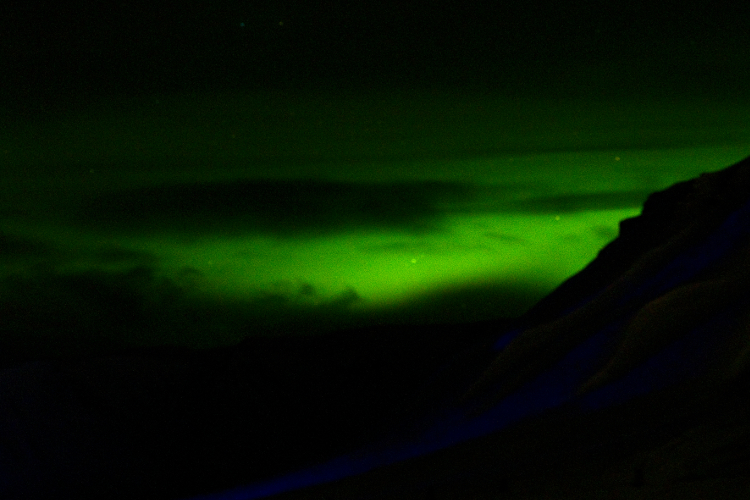
Make it Happen
Norwegian (norwegian.com) and SAS (flysas.com/en/uk) operate flights to Longyearbyen/Spitsbergen via Oslo. For info on activities, accommodation and more, try Visit Norway (visitnorway.com/uk/where-to-go-uk/north/svalbard) and Visit Svalbard (svalbard.net/en/Travel-to-Svalbard). Other useful websites for environmental background (and how to behave should you bump into a polar bear) include the Norwegian Polar Institute (npolar.no/en/services/maps) and the Governor of Svalbard (sysselmannen.no).